
1920-1930
The
Beginning

1925
Ed van der Elsken (centre) is born in Amsterdam on the 10th of March.
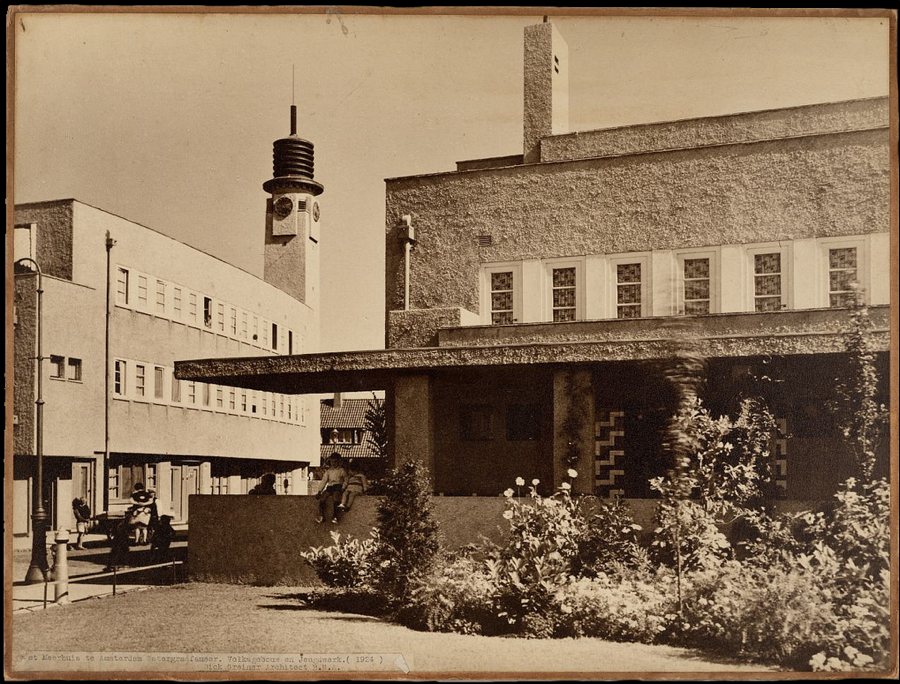
The Van der Elsken family moves to Betondorp; a newly-built garden suburb on the fringes of Amsterdam. This is where Ed grows up.
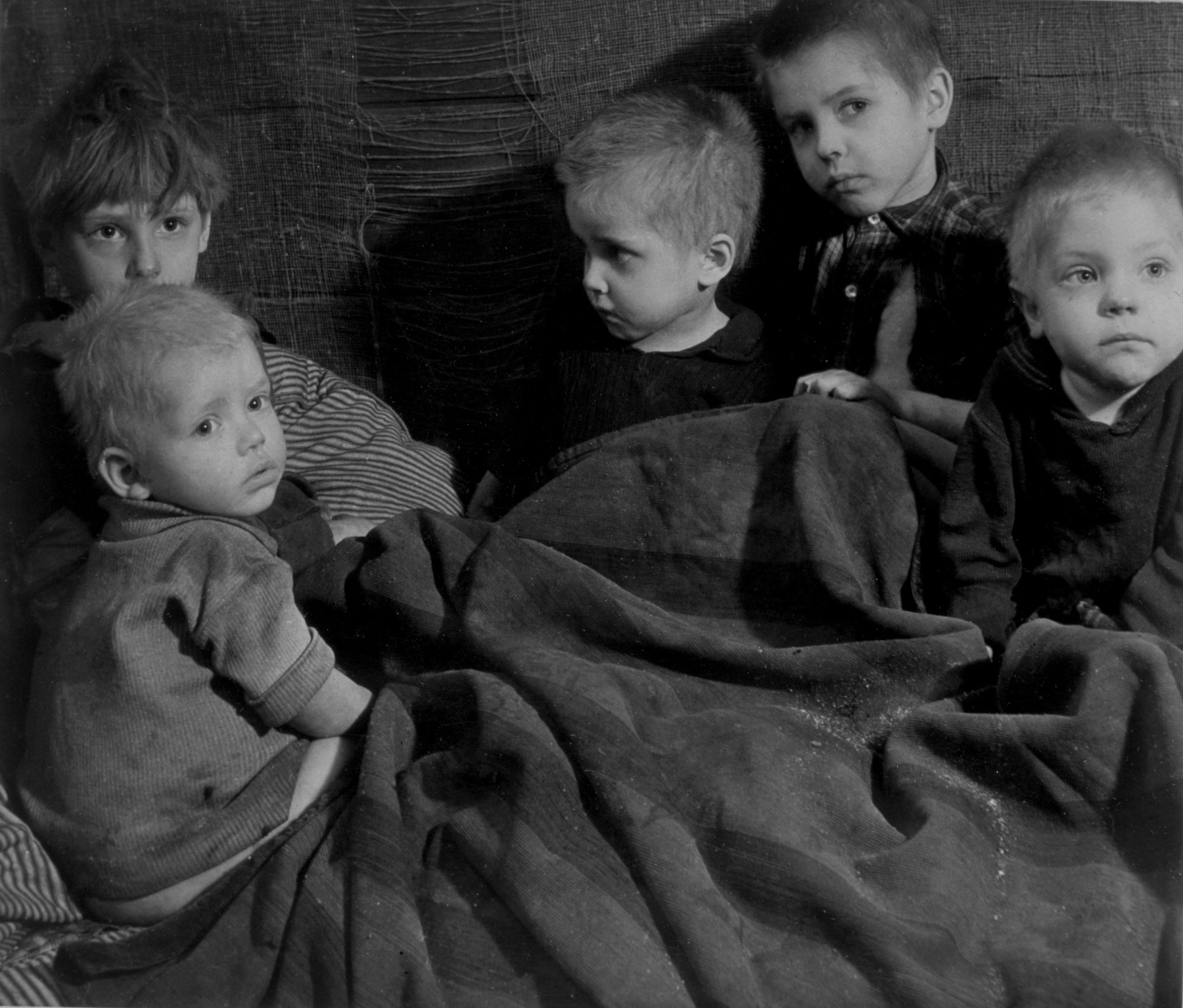
1940s
War
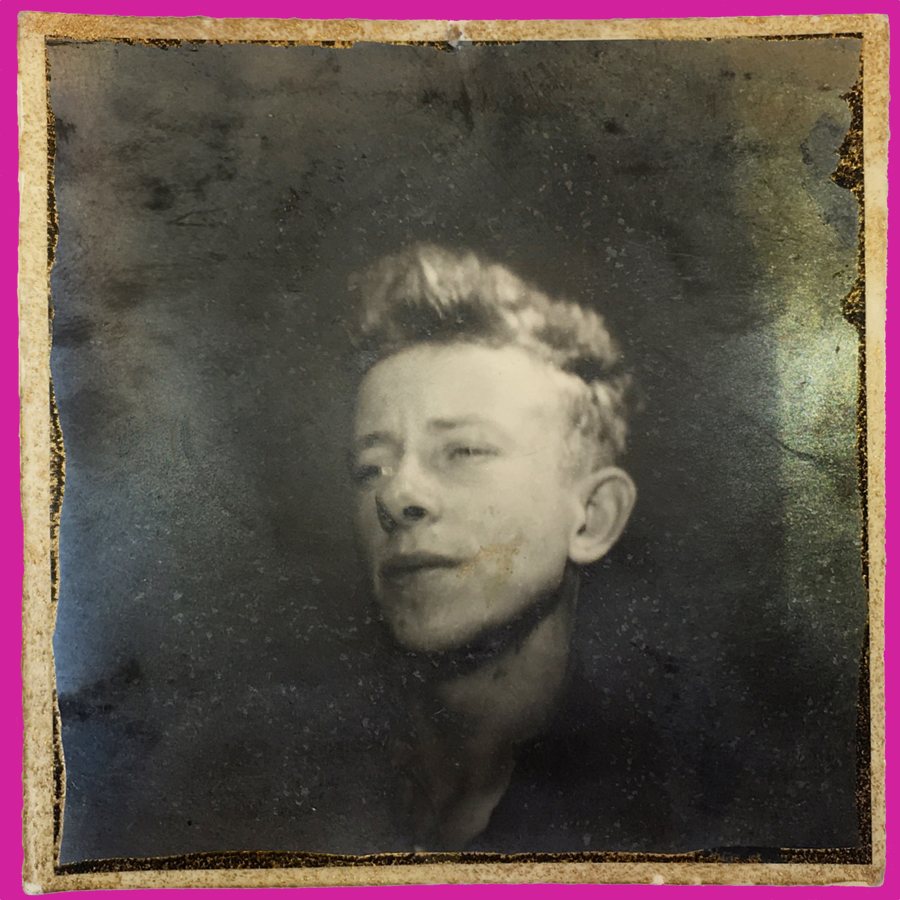
1942
During the German Occupation, 17-year-old Ed avoids conscription, tampering with his urine sample to convince doctors he is diabetic. He begins to train as a sculptor, but is forced to go into hiding. After Liberation, Ed joins the landmine clearance unit as a volunteer.
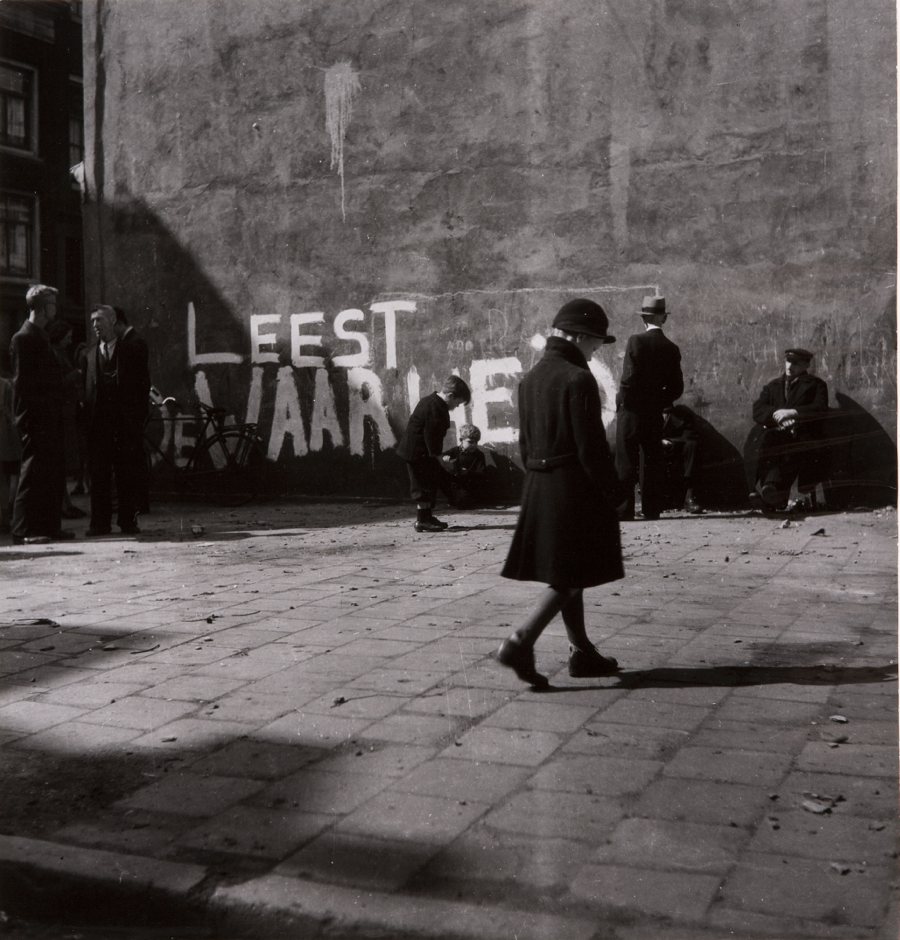
1945
Members of the collective De Ondergedoken Camera (The Underground Camera), photographers Emmy Andriesse, Cas Oorthuys, Carel Blazer and Ad Windig, document the aftermath of the Occupation.

1945
Publication of Naked City by American photographer Weegee (1899-1968), which chronicles the shadow side of New York in the 1930s and 40s. The photos of accidents, murders, arrests and fires have a huge impact on Ed.
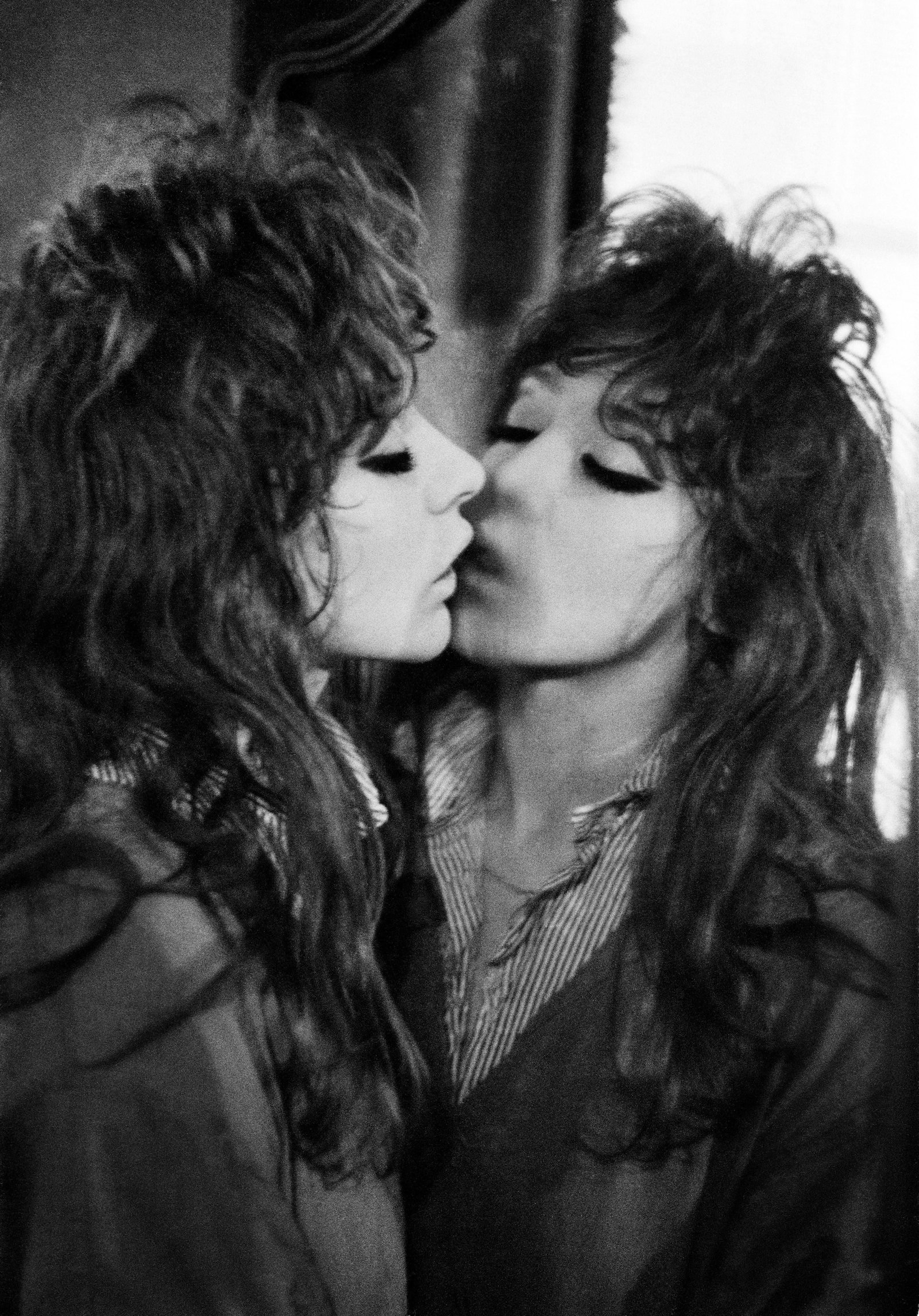
1950s
Paris
Noir
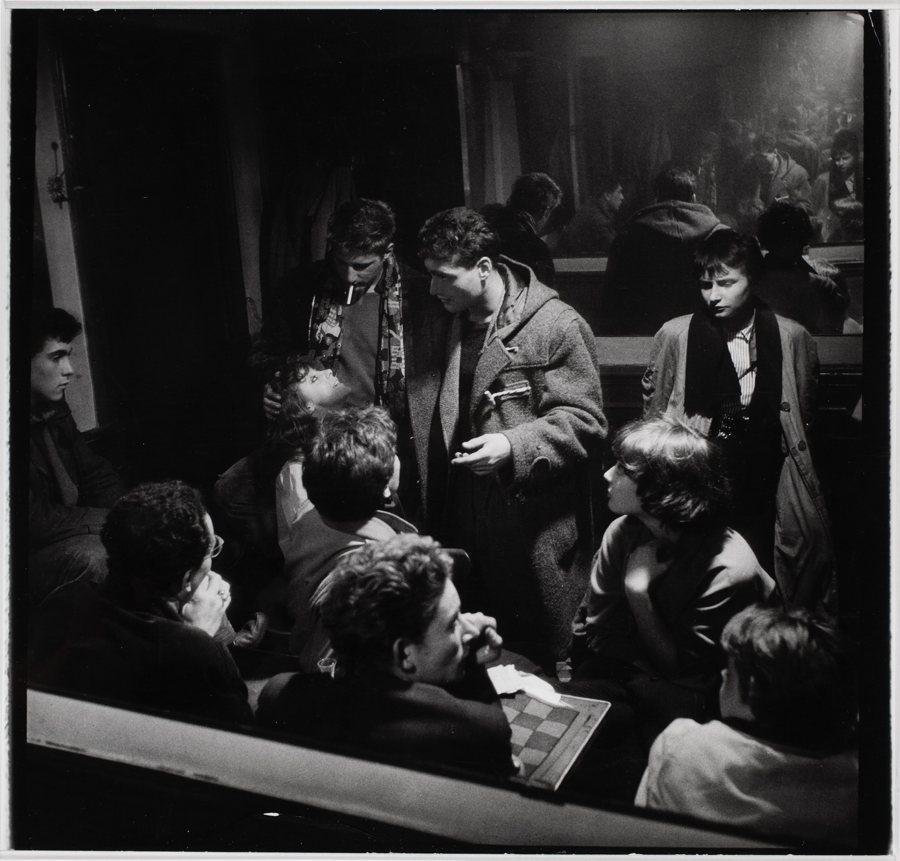
1950
Disappointed in love, Ed relocates to Paris. There, he meets a group of self-destructive young people. In the tumultuous post-war years, they frequent the streets and bars of Saint-Germain-des-Prés. Their bleak worldview and anger – which, at times, verges on depression – reflect Ed’s own state of mind.
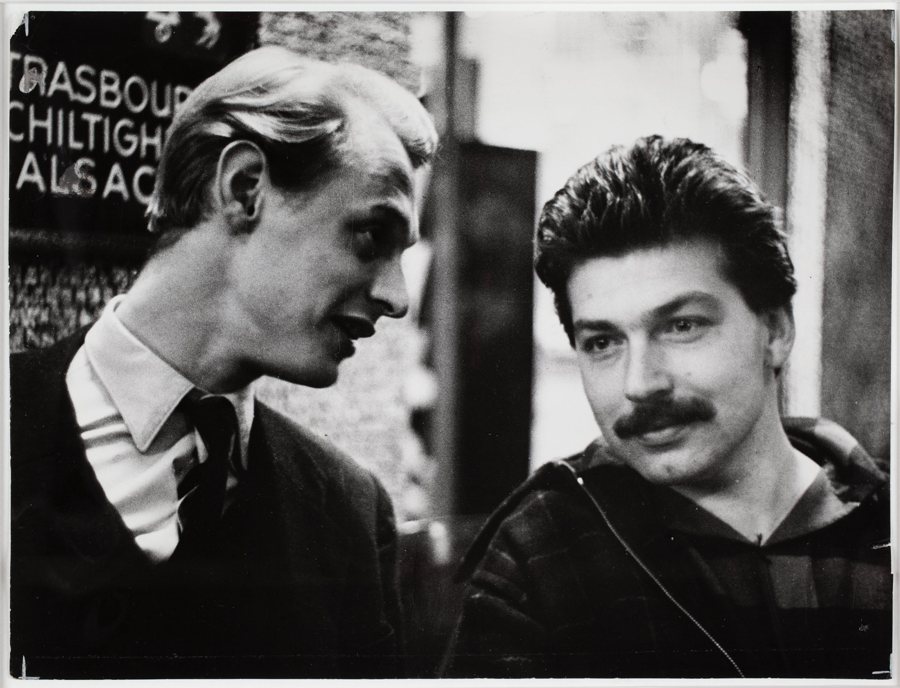
In Paris, Ed also gets to know artists, writers and poets who, like him, flocked to the French capital after the war. Among them are Karel Appel, Rudy Kousbroek, Remco Campert and Simon Vinkenoog.

Ed starts working at the photo laboratory of Magnum, the first agency to be founded by photographers. It is here, working in the dark rooms, that Ed falls in love with Hungarian photographer Ata Kandó (1913). In 1954, Ed and Ata marry in Sèvres.

Ed discovers the Australian artist Vali Meyers, his muse among the bohemians of the Left Bank.
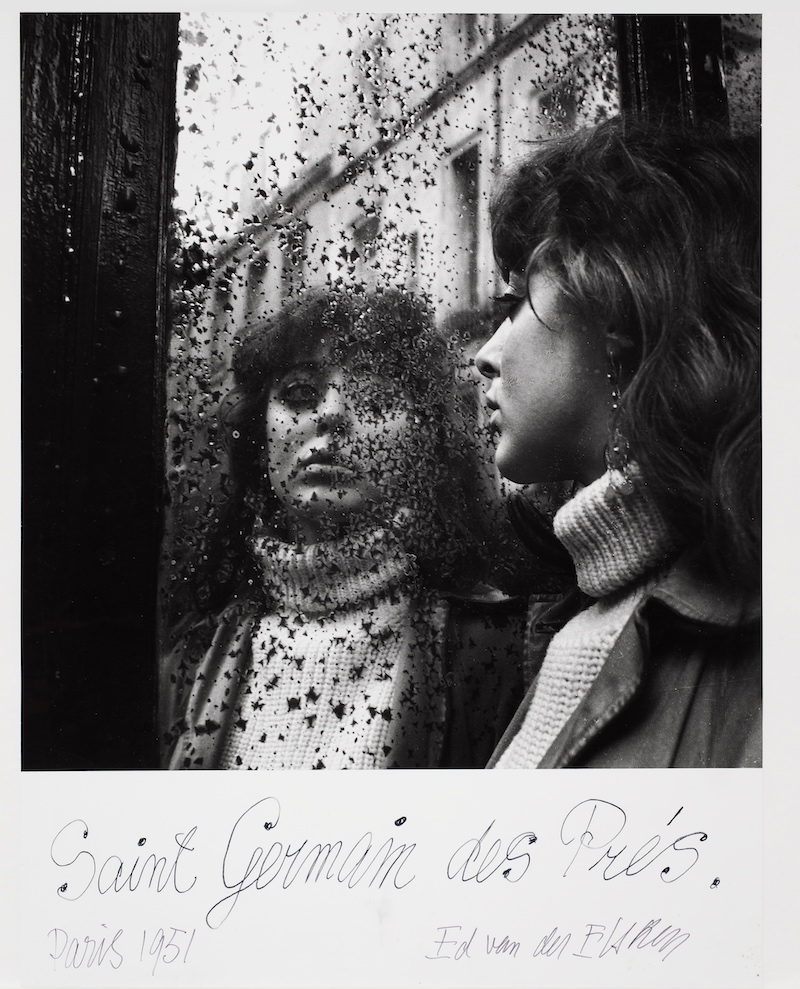
1954
At first, Ed is unable to find a publisher for his photographs of the young beatniks of Saint-Germain-des-Prés. However, the images are published as a four-part series in the renowned English magazine Picture Post.

1955
Ed, Ata and her three children move to Achtergracht 39 in Amsterdam. Karel Appel paints the walls of the nursery.
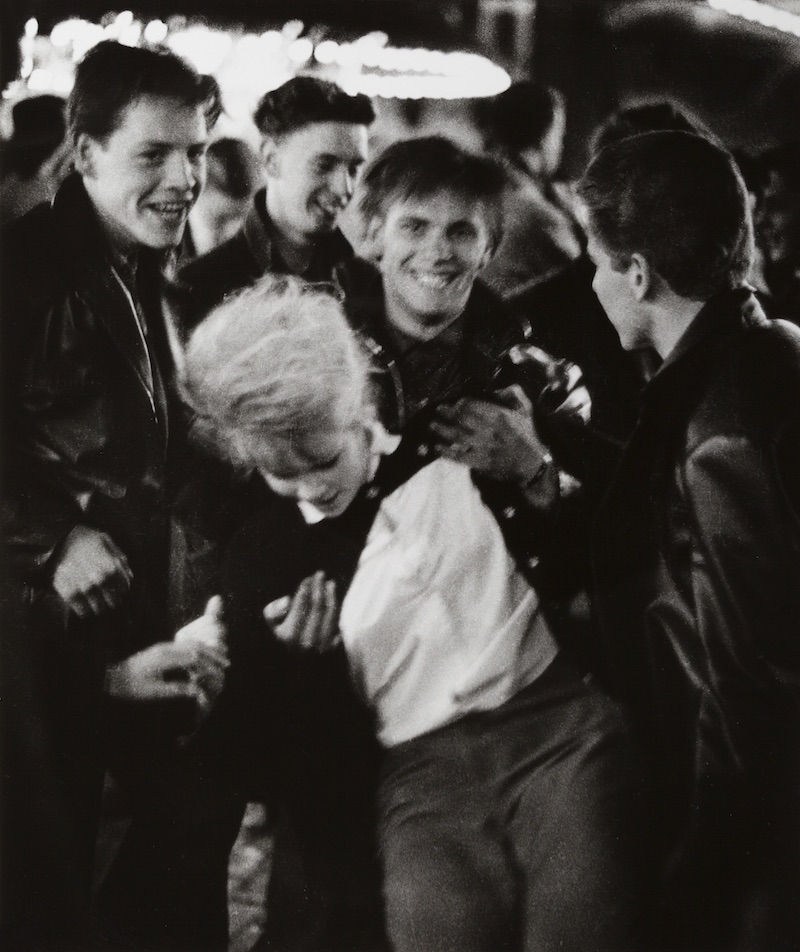
Ed becomes friends with journalist Jan Vrijman. Together, they create exceptional reportages documenting the city’s emerging underground youth culture. Disillusioned with traditional social values, many young people hang out on street corners, dance to rock and roll, and watch American movies.
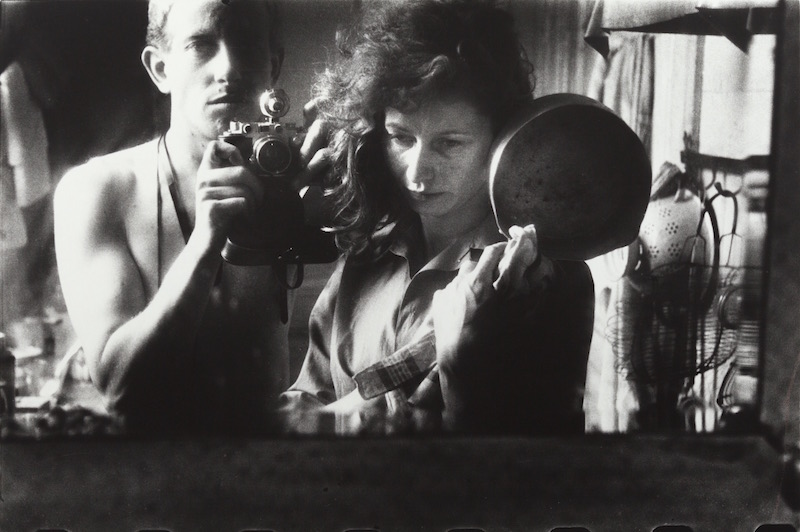
Ed and Ata separate.
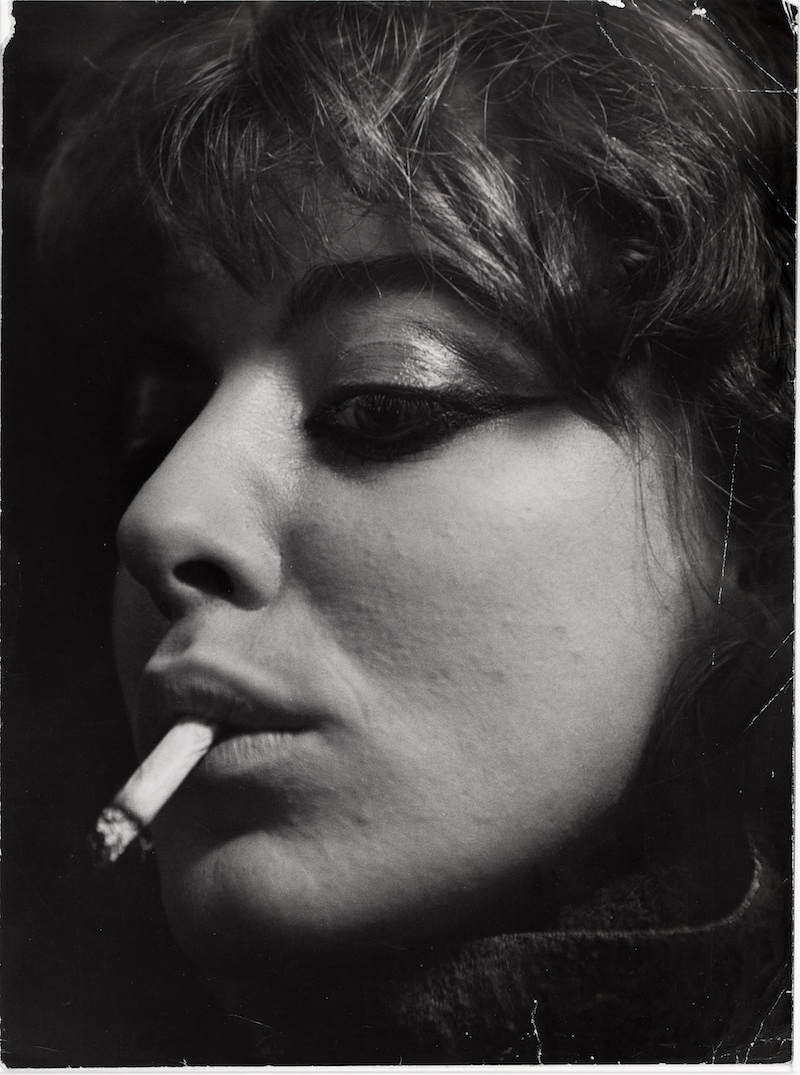
1956
Love on the Left Bank is published. The book causes a commotion in the Dutch press. ‘We cannot possibly commend such a sordid publication’ (Vrij Nederland). But the painter-poet Lucebert writes ‘how beautifully the flowers of evil and despair flourish on the edges of decay’.
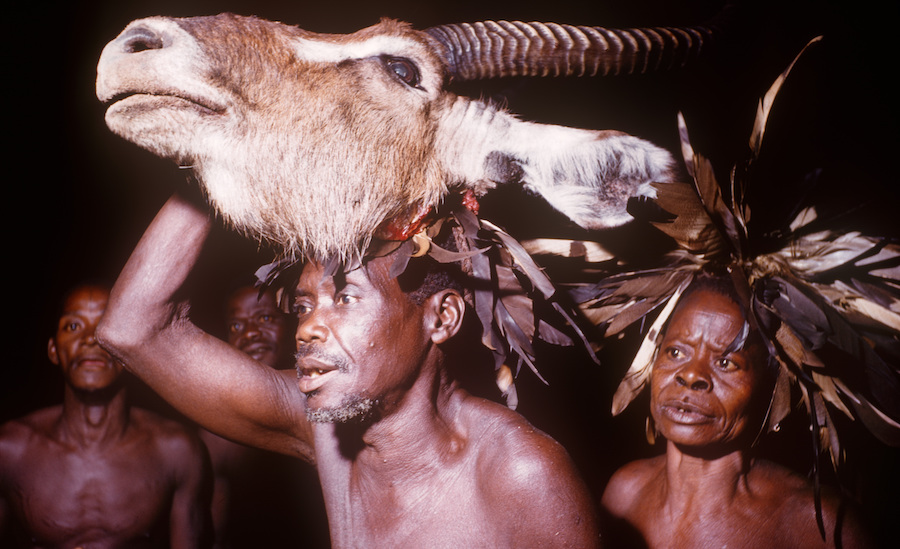
1957
Ed marries photographer Gerda van der Veen, the daughter of photographer Louise van der Chijs and sculptor Gerrit van der Veen. That same year, he journeys to Central Africa, on the border between Congo and French Equatorial Africa. Twelve months later, his photos are published in the book Bagara.
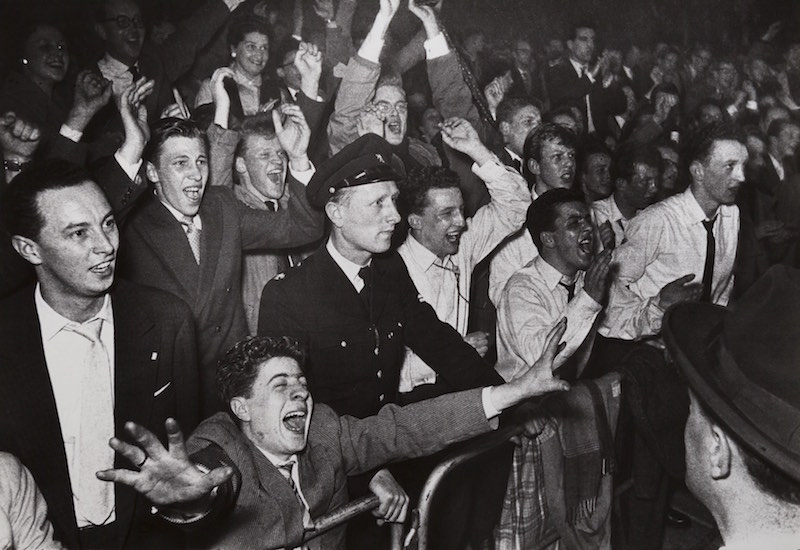
1959
Publication of Jazz, in which Ed captures the ecstatic night-time concerts held at Amsterdam’s Concertgebouw between 1955 and 1959.
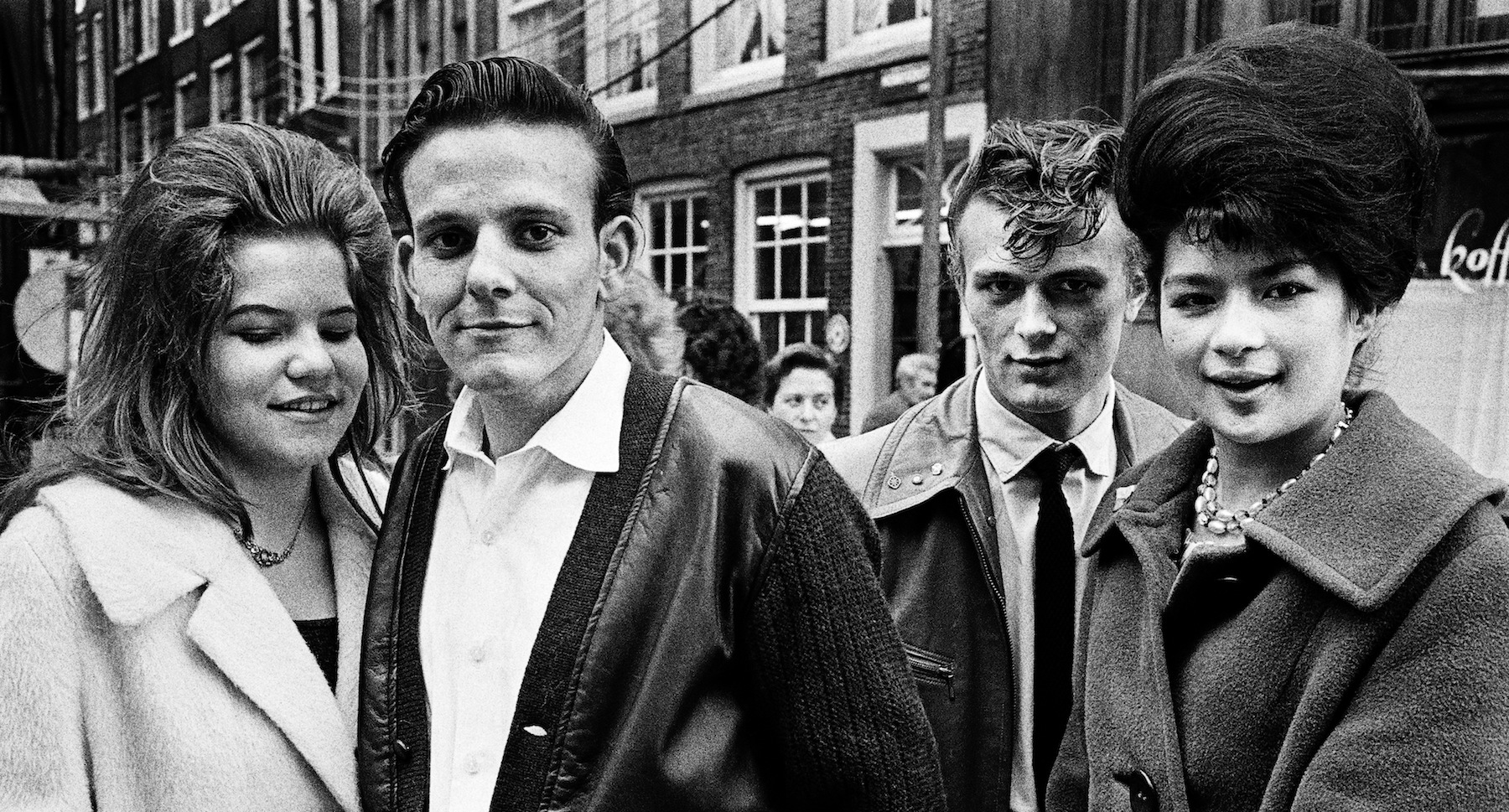
1960s
Revolution!
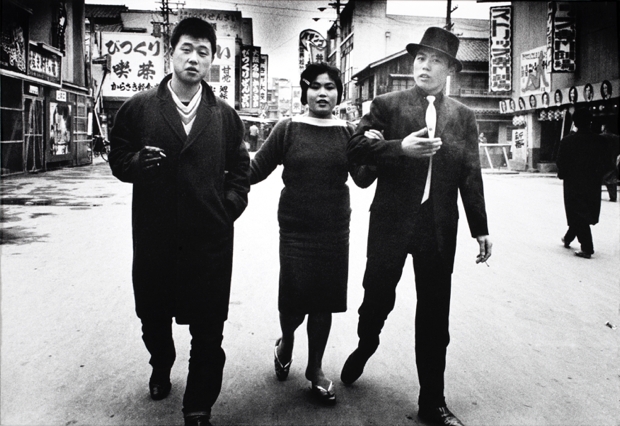
1960s
Ed and Gerda leave for a world trip that will last 14 months. They visit Africa, Malaysia, Singapore, Hong Kong, Japan, Mexico and North America.
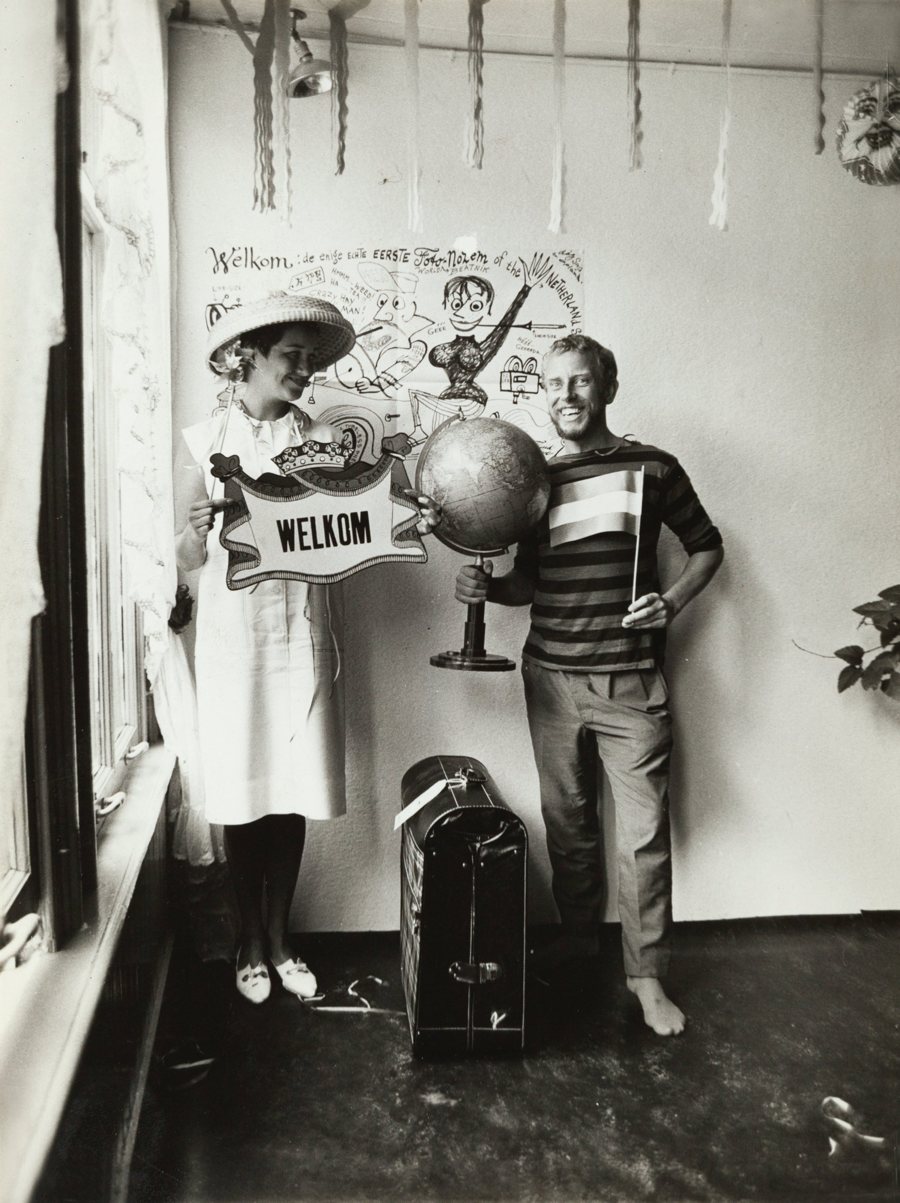
1961
Ed returns to the Netherlands, but has difficulties finding a publisher for the photo book of his journey around the world.
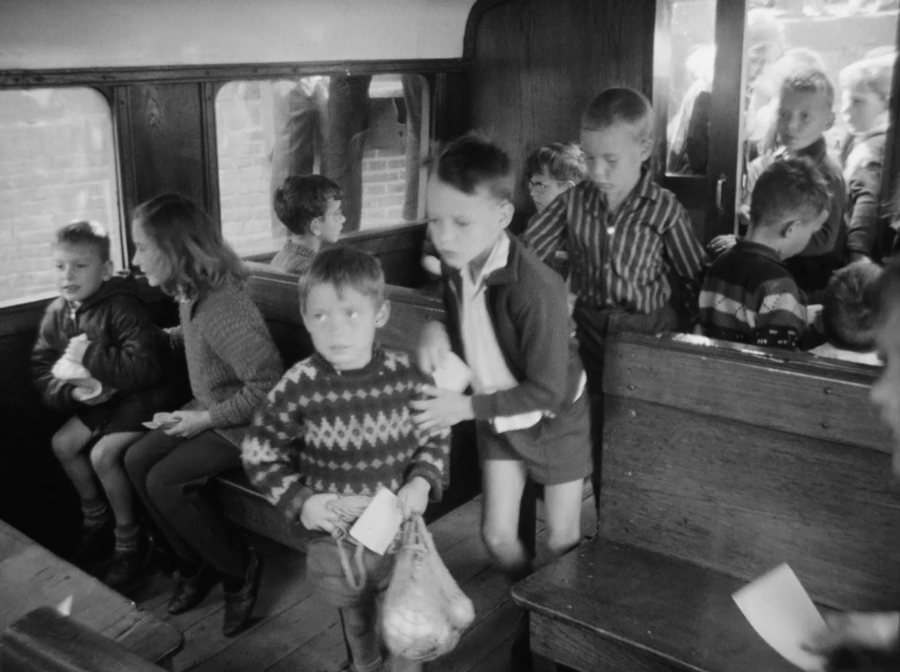
Disappointed, Ed turns his back on photography to devote more energy to filmmaking. Tinelou, Ed and Gerda’s first child, is born on the 12th of June.

1962
Ed films the demolition of the Waterlooplein area, a Jewish neighbourhood in Amsterdam, and captures the city’s poverty on film.
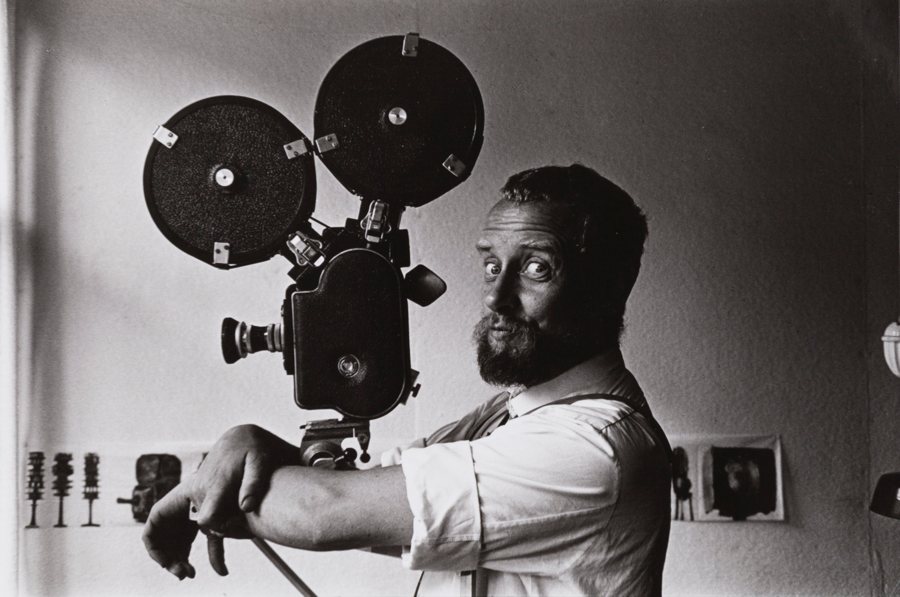
Ed experiments with film equipment and develops new techniques for recording sound synchronously with a 16mm film camera.
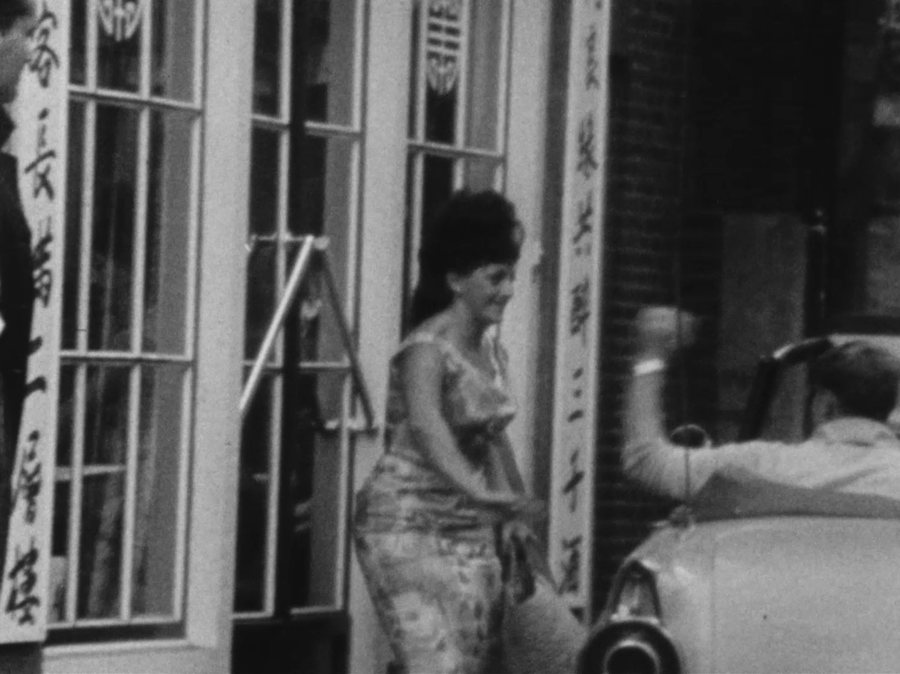
1963
Ed makes the television film Welkom in het leven, lieve kleine (Welcome to life, dear little one) about Gerda’s pregnancy and the birth of their second child, Daan Dorus. In the opening scene, Ed drives at breakneck speed through the Nieuwmarket neighbourhood where they live, a pregnant Gerda in the passenger seat. Ed loves filming in this run-down area, with the ‘riffraff’ of the Zeedijk, and the dynamics between prostitutes and their clients.

1965-1969
Amsterdam is in the grip of ‘60s revolutionary fervour. The Dutch protest movement Provo organises happenings and challenges the establishment, students occupy the university’s administrative office, and rioters disrupt the marriage of Princess Beatrix and Claus von Amsberg. Ed is there, chronicling the turmoil in the city.
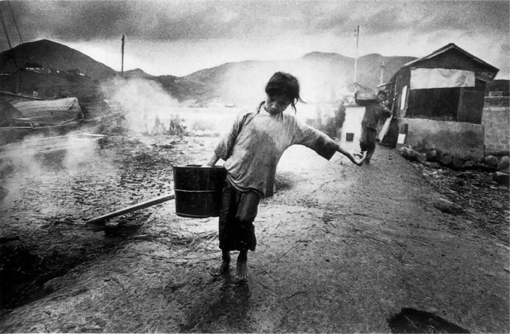
1966
The book Sweet Life about Ed’s world trip with Gerda is printed in Japan. It appears in six languages: Dutch, English, French, German, Spanish and Japanese.

1966
Ed’s solo exhibition Hee… zie je dat? opens at the Stedelijk Museum Amsterdam. The exhibition is like a happening: prints cover the walls of the entrance hall, and visitors enter the exhibit by walking over the gigantic image of a naked woman, that covers the floor.
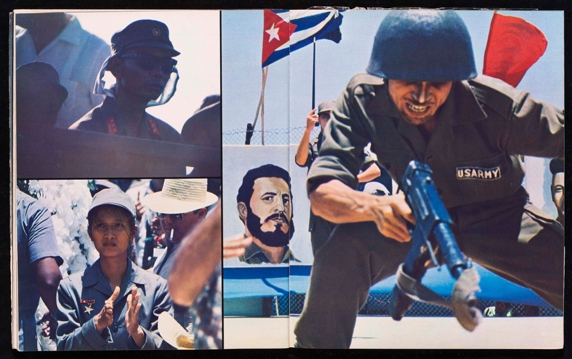
1967
Publication of Ed’s first reportage for the magazine Avenue, about Cuba, for which he photographs Fidel Castro. Until 1976, he travels and photographs for the magazine – the first lifestyle glossy to bring ‘modern life’ to Dutch readers.
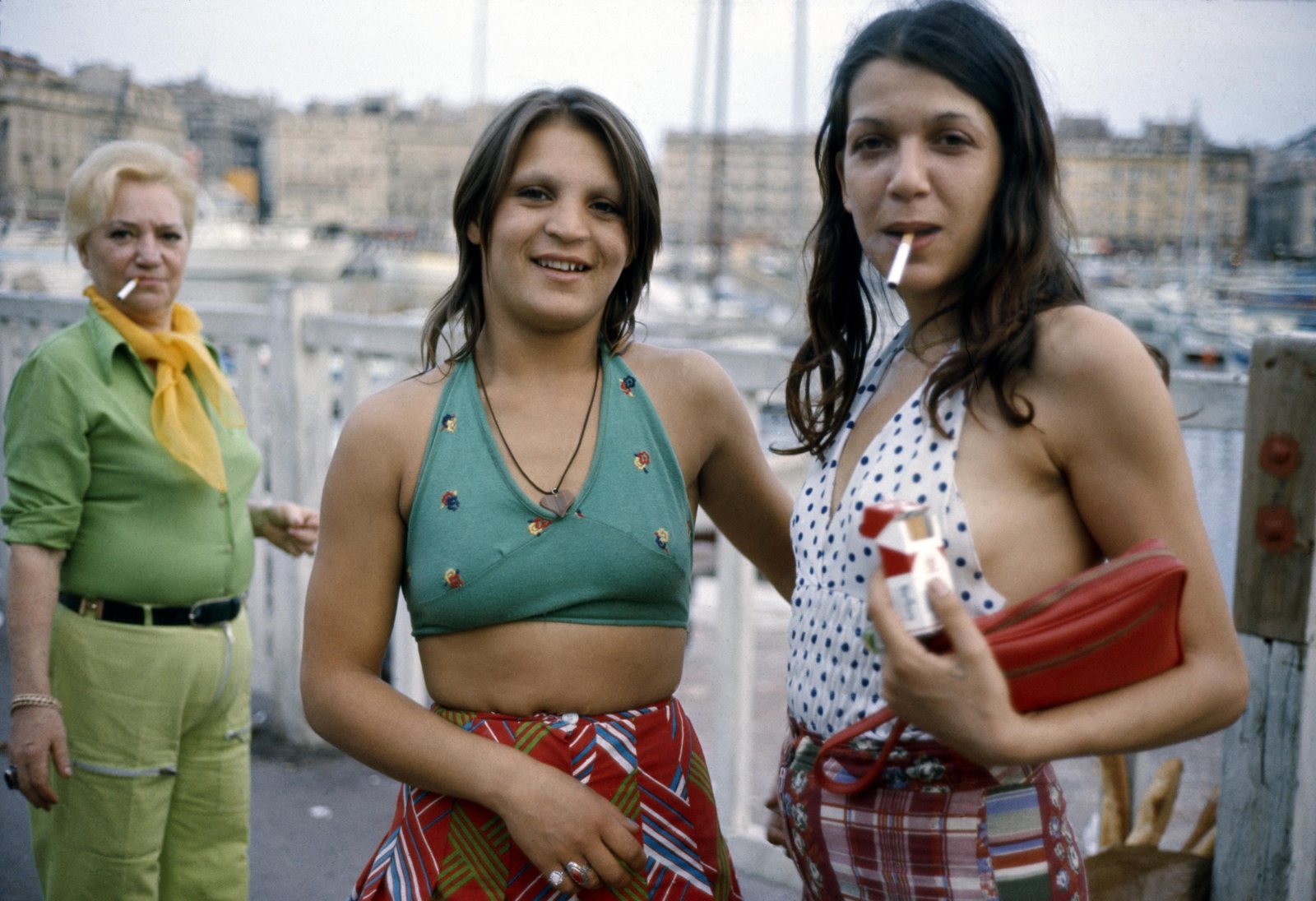
1970s
Eye
Love You
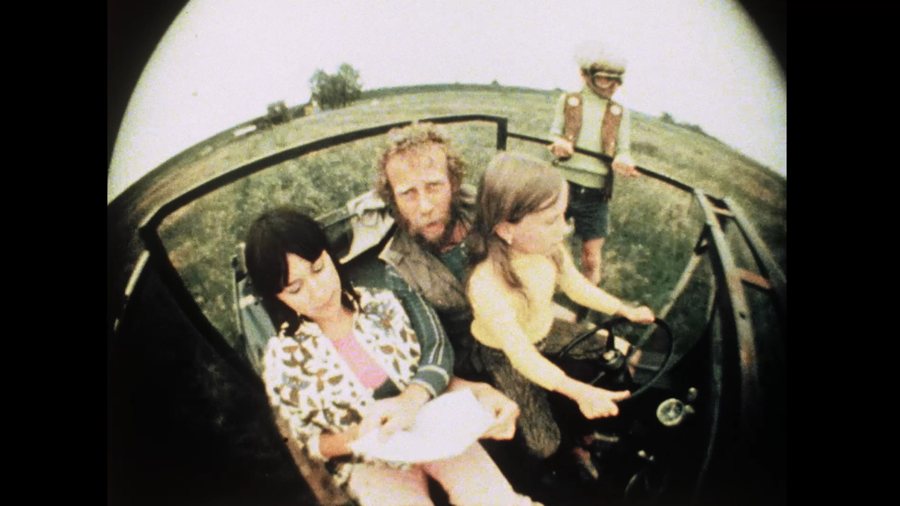
1971
Ed is awarded the state prize for film for his autobiographical film Camera in Love.
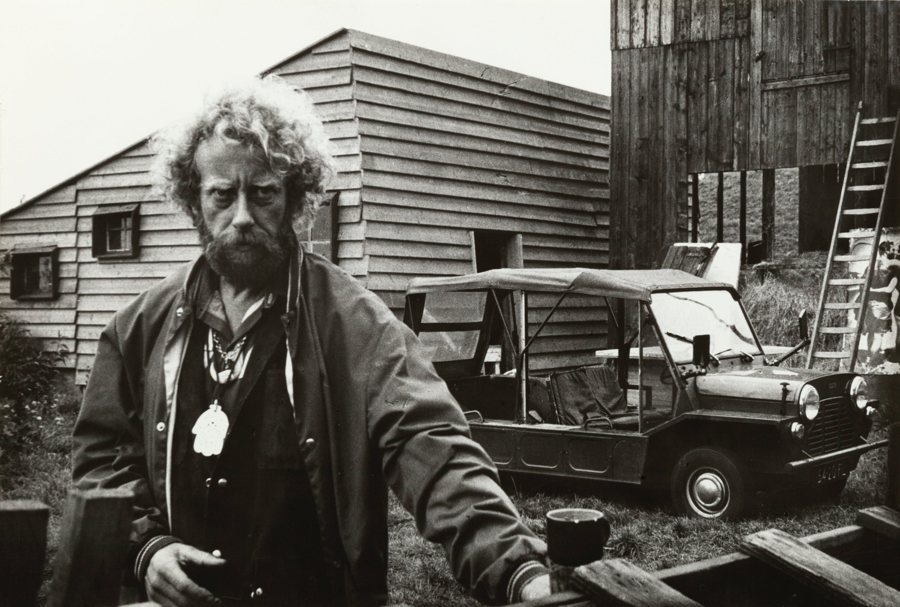
Ed and Gerda decide to live apart. Ed moves to a farm on the Zeevangszeedijk in the small town of Edam, not far from Amsterdam.
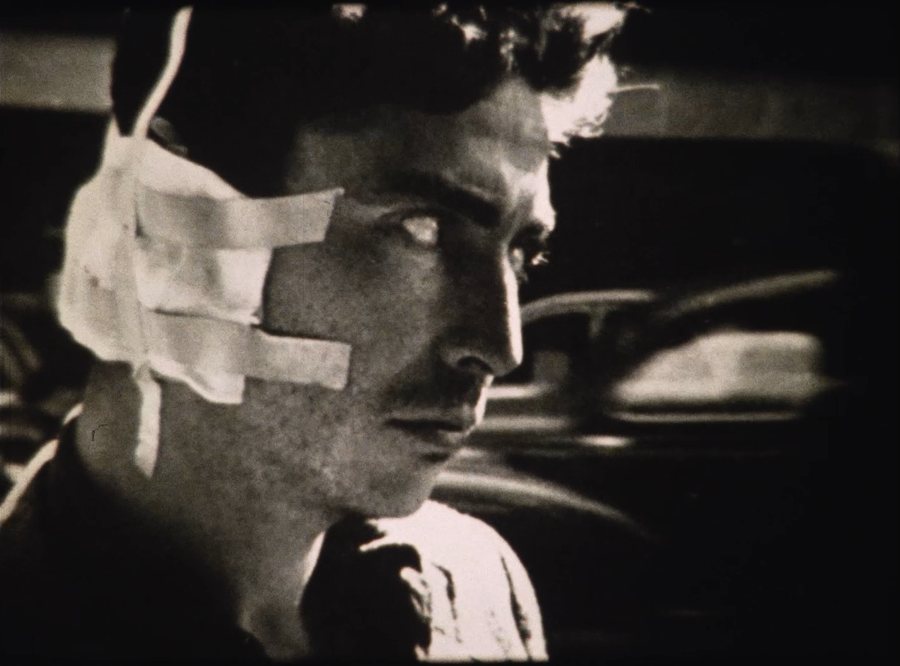
1972
Ed goes to Italy and visits his former muse, Vali Meyers, of Love on the Left Bank. In the film, Death in the Port Jackson Hotel, she looks back on the nihilistic years in Paris.
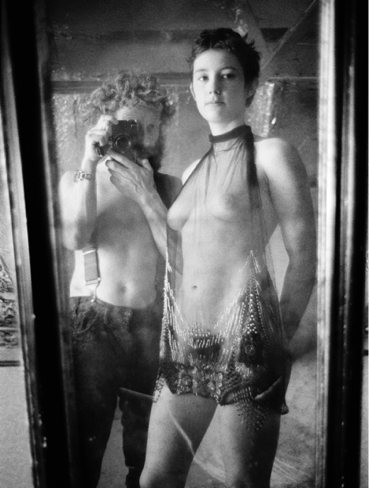
1973
Ed and Gerda divorce. Ed meets Anneke Hilhorst hitchhiking at the side of the road. Soon after, she moves in with him on his farm in Edam.
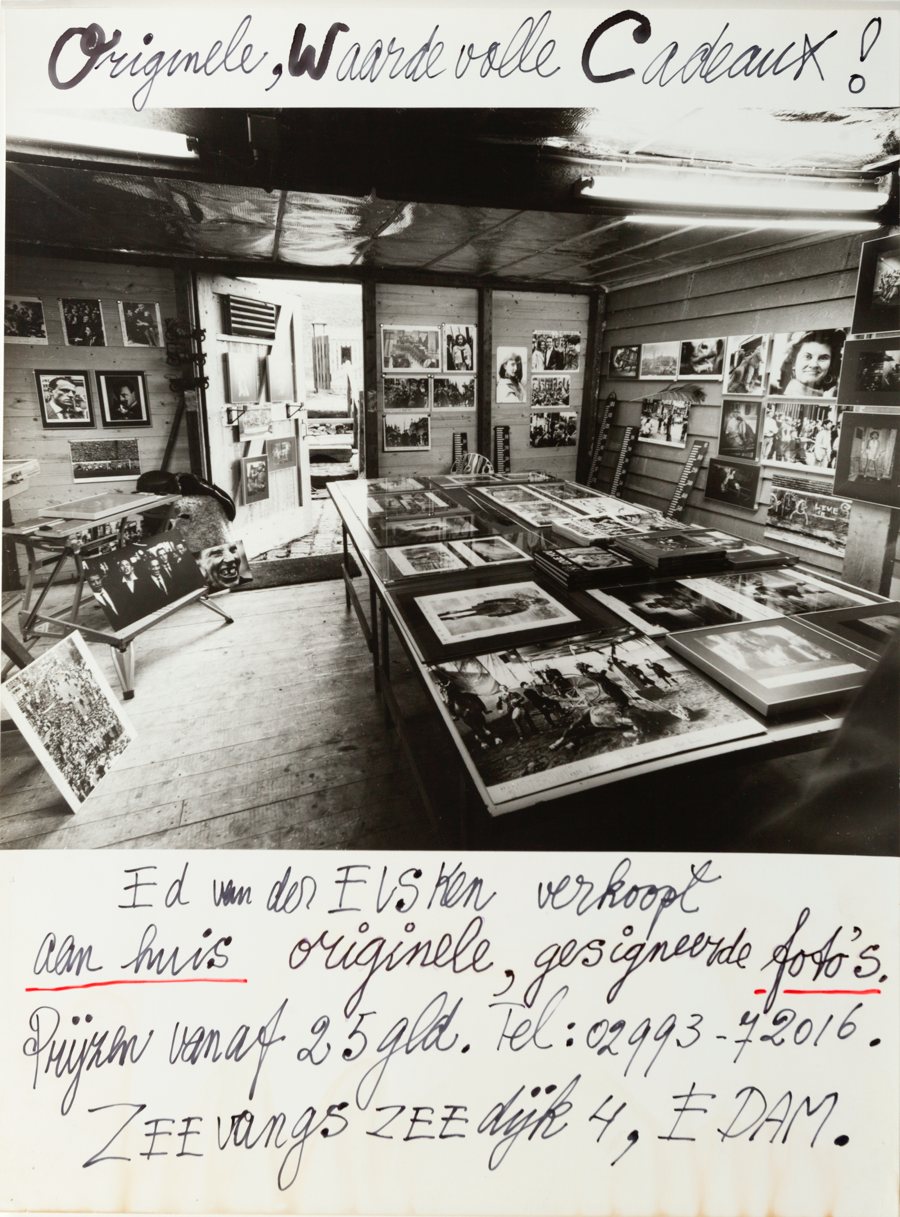
1975
Ed experiments with slide and sound series, and begins a photo gallery in his home to sell his photography.
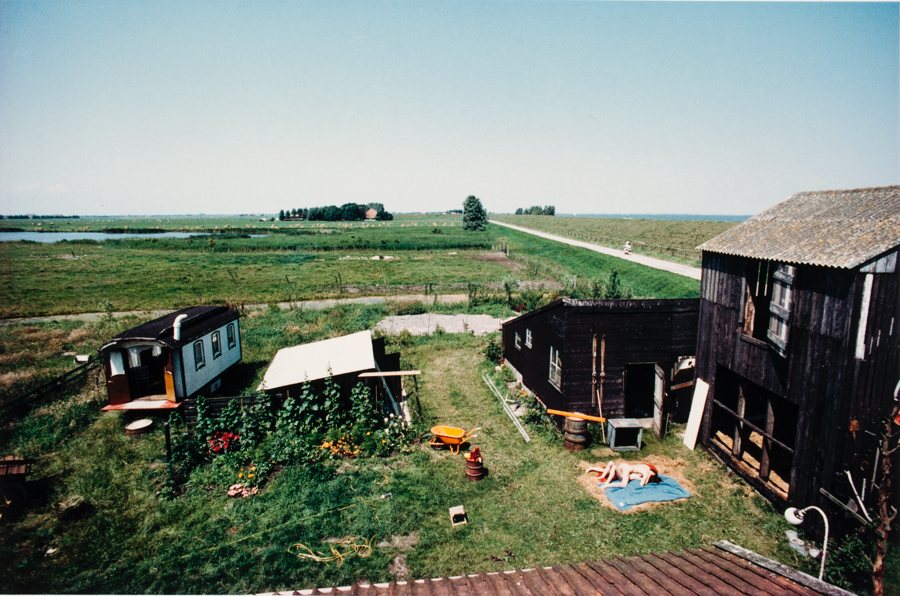
1977
Publication of Eye Love You: a tender portrait of the world through Ed’s eyes. He calls it a ‘human book, women’s, men’s, libido, sex, love, friendship book; a book of joy, sorrow, suffering, death, struggle, courage and vitality.
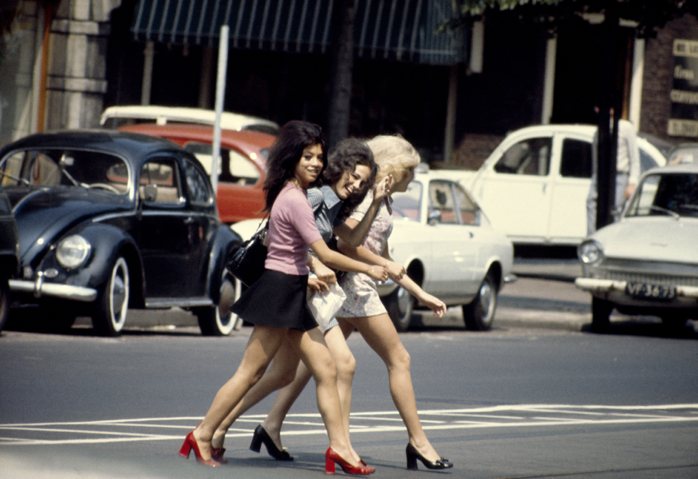
1978
Publication of Hallo! Een nieuwe Ed van der Elsken. One of the photos in the book is of young women in the Amsterdam’s Beethovenstraat, an iconic image that reflects Ed’s flirtatious approach.
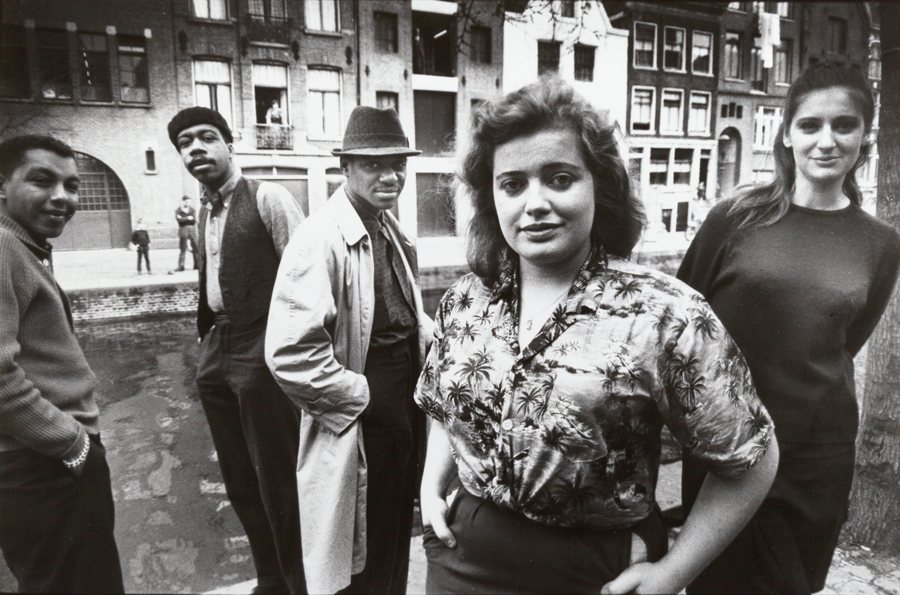
1979
Amsterdam! Oude foto’s – 1949-1970 is published. For this book, Ed selected images from his archive of colourful street scenes from Amsterdam. Anneke Hilhorst gives birth to Ed’s third child, Johnny Cowboy.
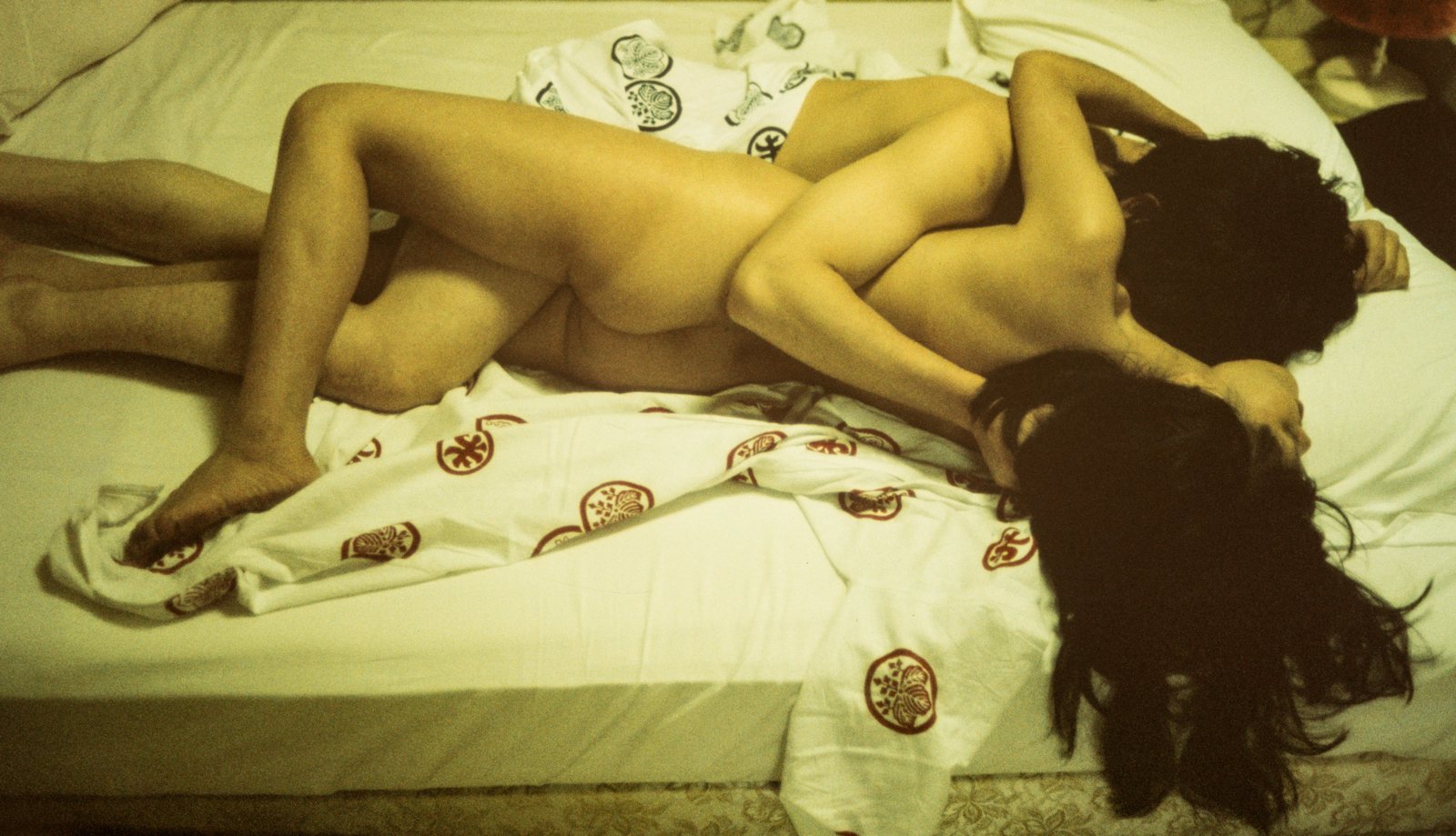
1980s
BYE
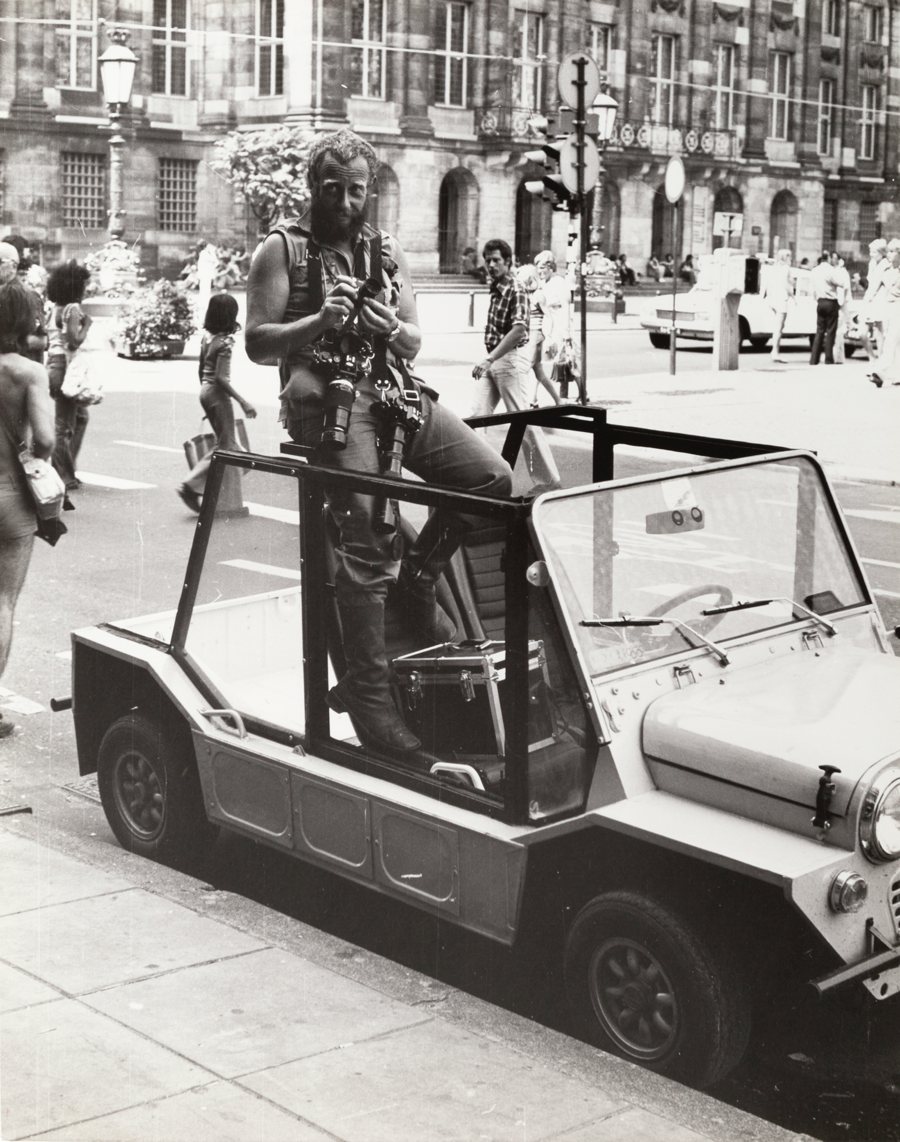
1982
Ed shoots footage for Een fotograaf filmt Amsterdam. A cinematic portrait of the city, and people, of Amsterdam.
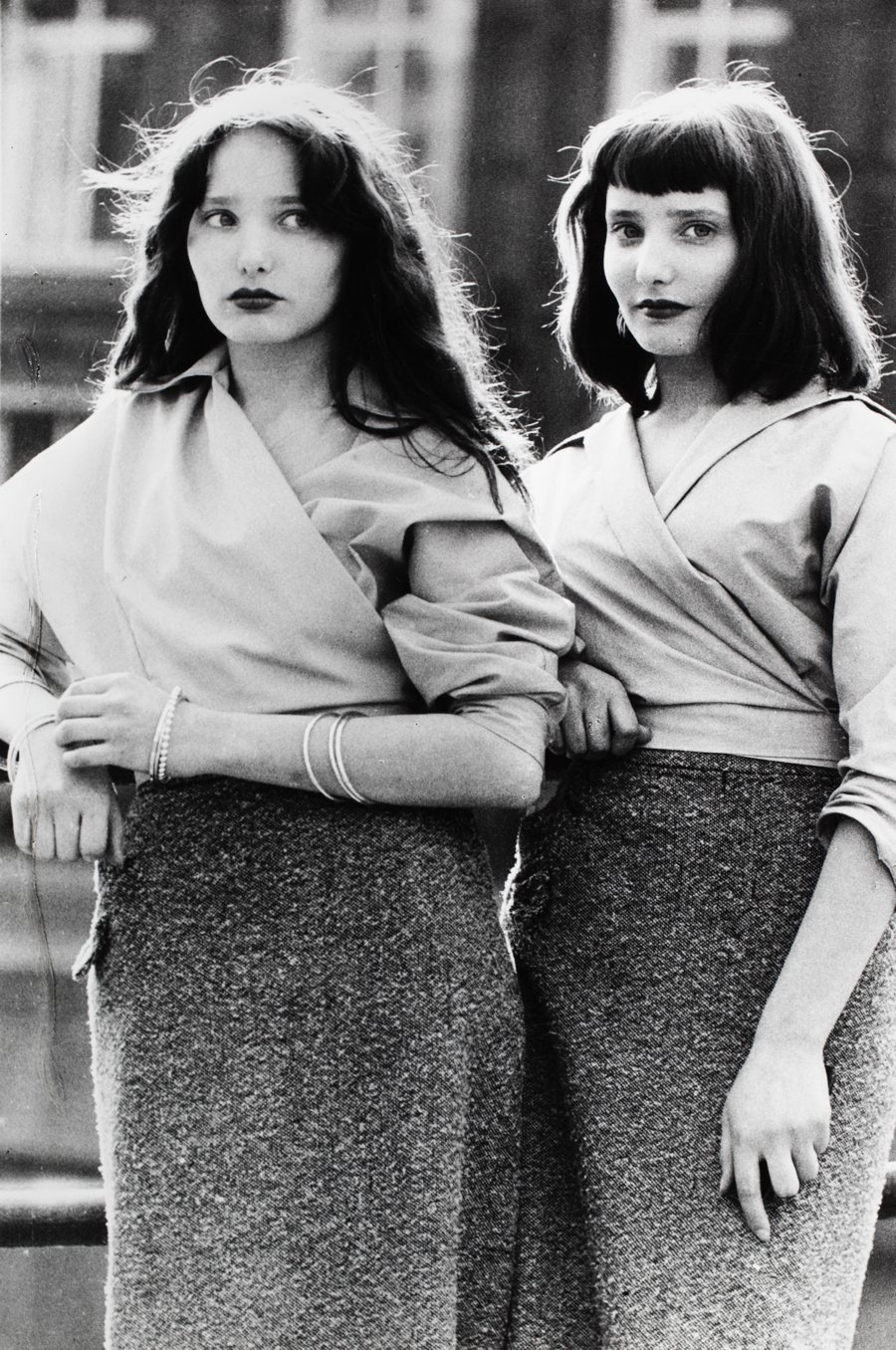
1984
Ed and Anneke marry.
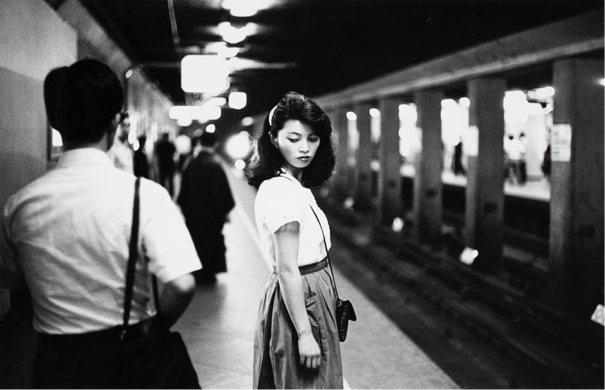
1988
After visiting Japan fifteen times, Ed publishes a collection of his images in The Discovery of Japan. He was fascinated by Japan, its people, and the tension between Japanese values and the capitalist lifestyle of the west.
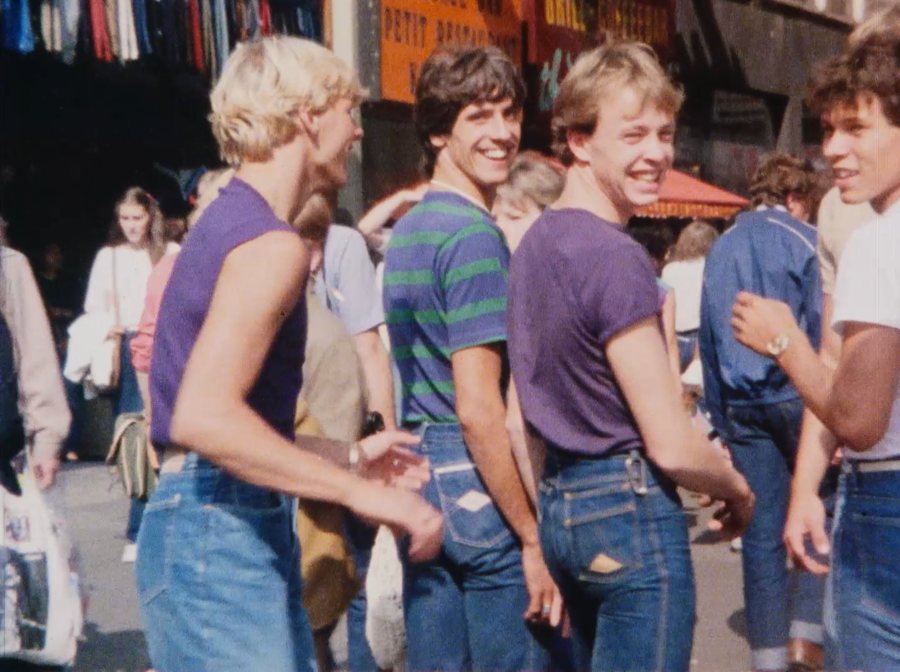
Ed receives the David Roëll award for his complete oeuvre. That same year, he is diagnosed with a terminal illness.

1989
Ed turns the camera on himself and, with Anneke’s help, documents the progress of his illness in the film Bye. Ed dies on the 28th of December 1990. He is buried in the graveyard of the Grote Kerk in Edam.
